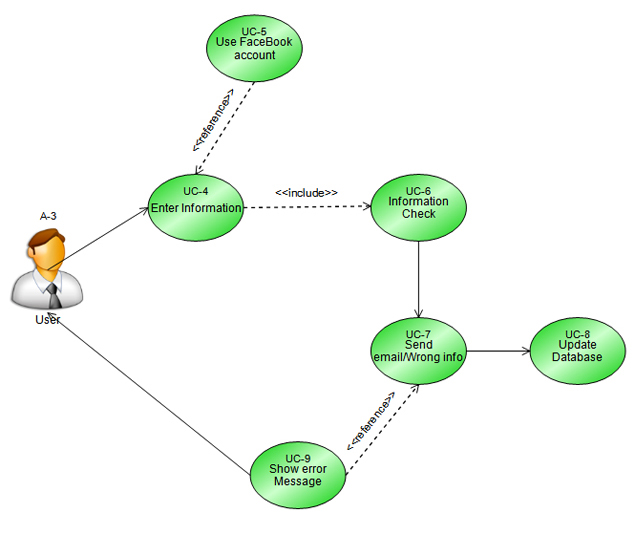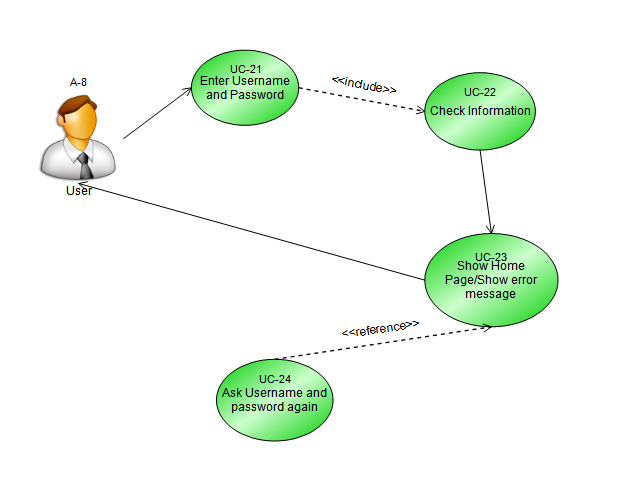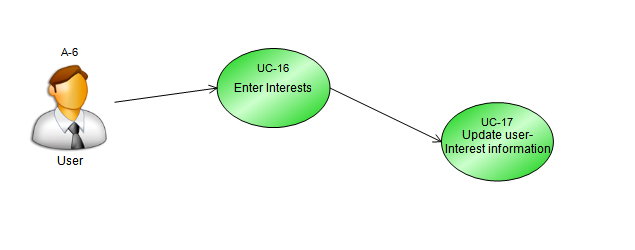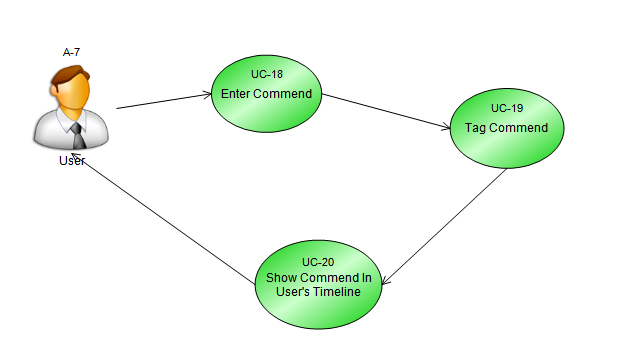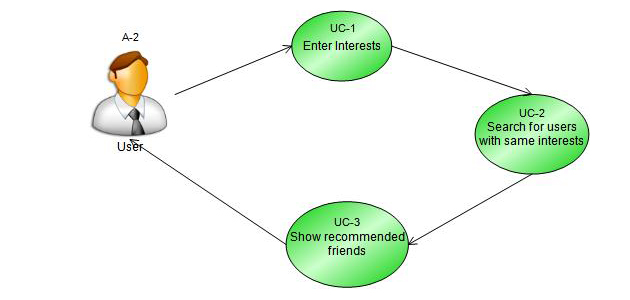As we proposed earlier, sharing interests is the core part of our social network. Users express their interests in order to find others with the same tastes. There are researches available on the topic of interest-based social networking that we selected and evaluated to become familiar with. In this post we prepared a review of these studies.
Laura Dietz in the paper, ‘Inferring Shared Interests from Social Networks’ evaluated two relevant models of “the citation influence model” and “the shared taste model”. These two models focus on shared interests in social networks. The aim of these two models is exploiting the graph structure in order to learn shared interests by extending latent Dirichlet allocation. Dietz summarised her evaluation of the two models and pointed out, “the shared taste model identifies the common taste of each friendship and thus yields slightly more fine-grained topics, where the citation influence model learns topics shared by a neighborhood of nodes”.
In the conclusion of her paper, Dietz stated that
“in a society that suffers from information overload, inference of and filtering using shared interests will help people to focus on information the are ultimately interested in.”
Laura Dietz in another research devised a probabilistic model in which tastes explain both friend relationships and item interactions as latent factors. Dietz in the paper ‘Modeling Shared Tastes in Online Communities’ writes about the study of tastes that are shared by friends.
In this paper she mentions, many online community platforms store data about users, their relationships and their associated “artifacts” like songs, books, pictures, or scientific publications. Users in a social network gather in groups of shared interests where such interests drive friendships and friendships drive interests. Dietz compared Zune Social and Xing as running examples to support her argument.
Zune Social is the online community to go with Microsoft’s portable music player Zune. Zune Social allows users to subscribe to playlists of their friends. This functionality may be unsatisfactory if the friend listens to diverse kinds of music, of which only few aspects are shared with the subscribing user. Re-weighting the friend’s playlist to match the taste shared by both friends will improve the user experience. Most platforms display a user’s friends as a long and unstructured list of entries; some provide a graph representation, which is often too dense to provide the user with a meaningful overview. A few platforms such as Xing allow users to tag their friends manually, using those tags to improve search and visualization. This functionality can be further improved by automatically grouping friends or coloring/partitioning the friendship graph according to shared tastes, alleviating the user from manually creating and updating tags for their friends.
“Shared tastes can be used to predict common preferences of befriended users, predict further item interactions, and give an overview about the network of users that share the same taste”, Dietz concludes the research.
Other studies read on the concept of interest-based social networks:


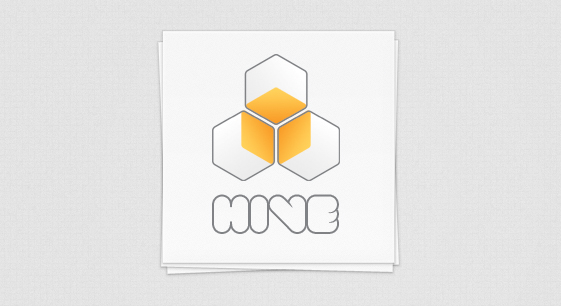





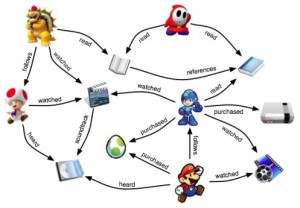


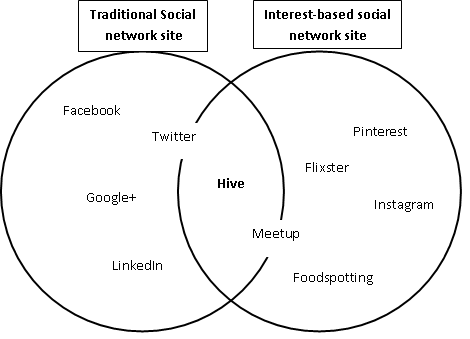

 Every time a user posts, they have to tag it with keywords associated with what they are talking about. This way, other users can choose to only see their friend’s posts which are relevant to their mutual interests. You can even see non-friend’s posts if it has been made public. This tagging system will also allow users to filter their activity feed, so that they can see posts about specific things, giving them control of their experience.
Every time a user posts, they have to tag it with keywords associated with what they are talking about. This way, other users can choose to only see their friend’s posts which are relevant to their mutual interests. You can even see non-friend’s posts if it has been made public. This tagging system will also allow users to filter their activity feed, so that they can see posts about specific things, giving them control of their experience.

